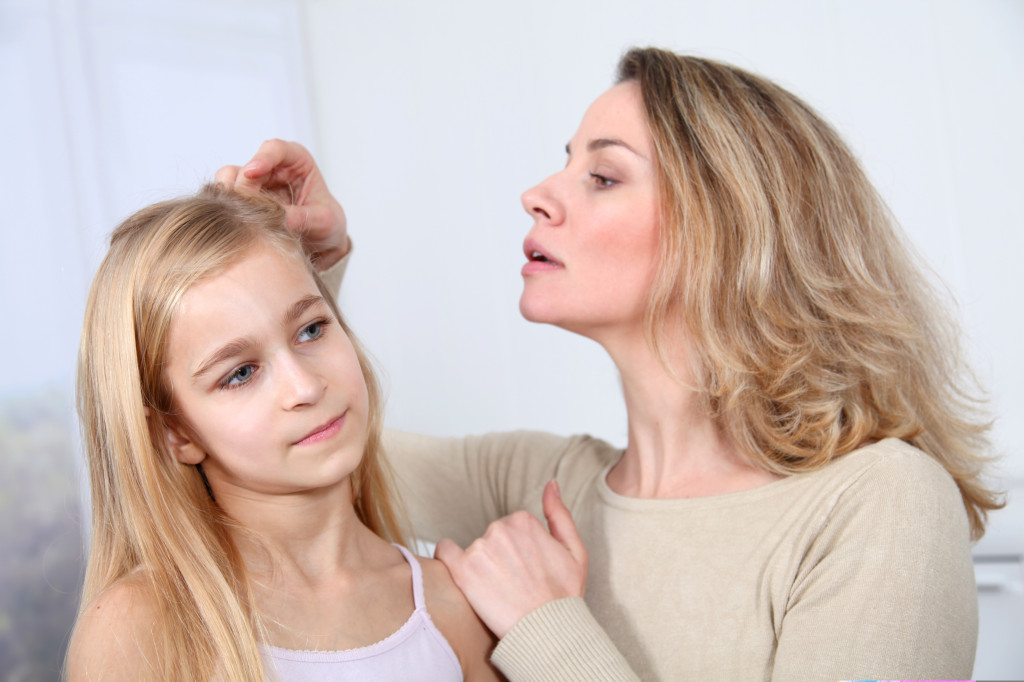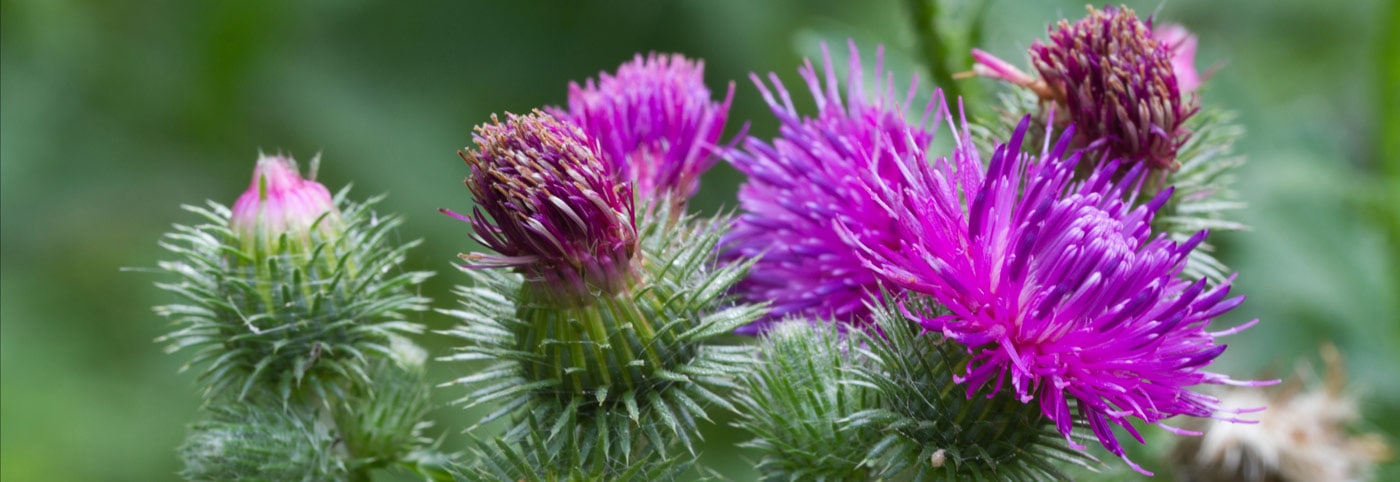Nit Picking

For as long as humans have congregated in groups, lice have been around us. Lice or Louse lay eggs called “nits”. Lice infestations have become a cyclical problem in schools and according to recent research, head lice are becoming resistant to insecticides such as the pyrethrums and pyrethroids found in most commonly used anti-lice solutions. Transmission is via head-to-head contact and is not associated with hygiene.
A few facts…
- Lice cannot jump, fly or hop but walk along strands of hair to another during head-to-head contact. Children who happily huddle together as they play or enjoying a cuddle at home provide head lice with the ideal opportunity to travel from one warm head to the next.
- Lice or Louse, lay eggs called nits. Head and pubic lice (crabs) firmly attach their eggs, or nits, directly to body hairs. The louse is a tiny greyish-brown insect, about 2.5mm long that clings to hair and lives on blood from the scalp host. Their greyish black eggs are laid very close to the scalp. After hatching the egg shell looks clear and may remain attached. A nit, 1cm from the scalp was laid about a month prior.
- Bites from head lice cause itching and irritation on the scalp often with a rash at the back of the neck. By the time you notice your child’s frequent itching, the lice will have been in residence for more than a month.
- Lice seen on pillows, clothing or furniture are not capable of transferring to another person and don’t survive for long away from the warmth and high humidity found on human skin. So washing the bed linen is good but washing the house from top to toe won’t be necessary.
So what do you do?
Firstly, while you may instantly get a psychological itch, take a deep breath and let go of all preconceived ideas of stigma around being seen as unclean or not a good parent. Head lice infestation is an unpleasant inconvenience found on clean or dirty hair. This is a worldwide problem that affects every community.
Your options.
- A number 1 haircut: This is a whole lot easier for boys, it might not be as acceptable to girls so you may need to reach an agreement over a trendy short haircut!
- “Nit picking”: This is easiest using a lice comb combined with one of the nit-loosening lotions so you can actually remove nits without pulling hair out!
Following the Nit Picking Route.
- We love Thyme Heal’s Lice Treatment. A gentle, safe and pleasant smelling preparation recommended for the eradication of head lice, containing a blend of essential oils that are effective but not to strong and suitable for children and sensitive scalps. Our customers say that the treatment provides better protection against re-infestation than standard treatments.
- Getting ready for a treatment. Make sure that your child’s basic needs are met. Fed, watered, been to the toilet and then prepare them by telling them what is going to happen and agree to some form of distraction while hair is being treated.
- Before applying treatment. Take you child outside and get them to bend over and brush their hair with their head upside down to remove tangles and any lice that are easily dislodged. When ready get your child comfortable in front of the TV or some other agreed distraction.
- Using the Thyme Heal Lice Treatment. Massage into hair and scalp for 3 minutes, cover the hair with glad wrap (or any plastic sheeting) and a warm towel and leave for 1 hour.
- Apply enough lotion to the head. Do not waste your time and money by not providing enough coverage. Use at least one small bottle (50ml) to treat a single head. Young children and those with thinner hair may need less, but long thick hair may require more. To spread the lotion evenly along the length of the hair make a small parting and apply a few drops along the hair. Repeat this process with other small sections until the whole scalp has been covered.
- Start Nit-Picking. After one hour, sit your child on a spread out newspaper. Remove the cling film and starting at the middle of the front of the scalp, comb the hair from the roots to the very end of the hair. Systematically part the hair from top front to back. After each stroke, remove any lice you find on the comb and place in rubbish. Continue combing section by section until you’ve done the whole head of hair. Cover every inch of the scalp, including the area just behind the ears and at the nape of the neck. Wash the hair with your normal shampoo and rinse.
Follow Up:
- The repetition of treatment is very important to break the cycle. Repeat in 1 week and then again in 2 weeks to eradicate any eggs that may have hatched in the interim.
- Meanwhile check every evening before bed using a fine comb. Removing the dark eggs which are right in the base of the hair shaft in the scalp is both tedious and traumatic. Useful but not essential. Getting out live lice is the important part. Research has found wet combing more effective than insecticides at curing head lice infestations. Combing through hair that is oiled or conditioned will be gentle and less traumatic for daily use.
- Each morning brush hair and tie up long hair. As the kids leave for school add a light layer of tea tree, lavender, eucalyptus or even a spray of a herbal insect repellent to their hair.
- Skin rashes need healing. Apply a gentle herbal healing cream to sensitive and raw areas. Initially any lotion will likely create some stinging sensation in the raw and broken skin but ask you child to breathe through it and keep them distracted. After a minute it should pass and then the itching will stop and the healing can begin. We recommend Thyme Heal’s Calendula cream.
- Get raw garlic into the family diet through foods such a pesto or dips, sauces and dressings. The bonus here is that garlic is so good for heart and immune health so include daily. There is strong anecdotal evidence that eating garlic can help to prevent mosquito bites so why not insects such as lice. If we eat enough garlic it seeps out through the pores of your skin. Some people think that this invisible layer of garlic oil might create a natural barrier cream. So any insects like mosquitoes or lice will think twice before taking a bite, just may be that will work for Lice.
- As a last resort an electrical method that electrocutes the lice using a Robi Comb that zaps the bugs directly is safe and easy to use. Ensure hair is well conditioned and dry!
- Check every other member of the family, including any adults who have close contact with the child. Treat as above however you may need 100 mls per adult.
- Be pro-active and not ashamed to tell the school and parents of any other child who may have had head-to-head contact with your child.
Remember this is an opportunity for quality time with your child. Look at this a constructive time for 1 on 1 contact. Dads and mums can use this time imaginatively to do homework or to read stories or to simply chat. Nits is really just another of life’s inconveniences that can be turned into an opportunity to socialise with you child – Happy Nit Picking!
You might also like to read
Vitamin D for mothers and babies and everyone else
Taurine – the established benefits for energy, repair and mood
Time for a spring clean and detox

